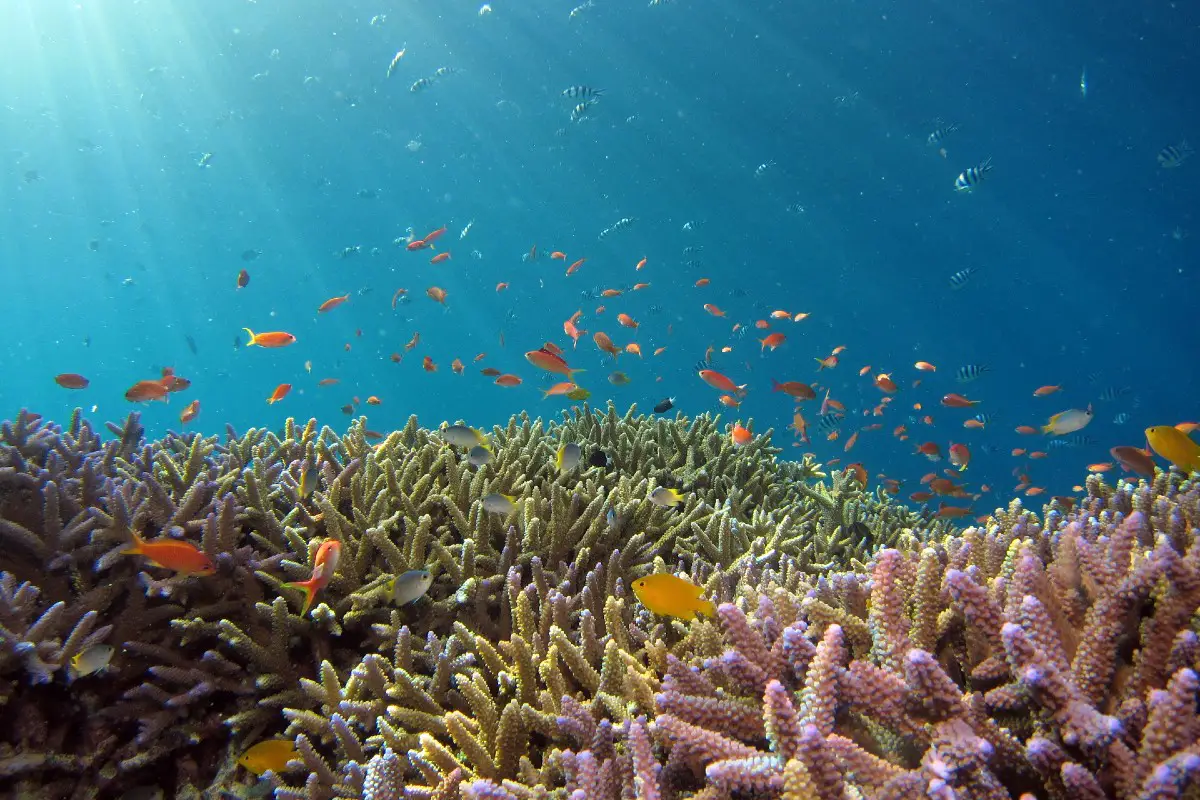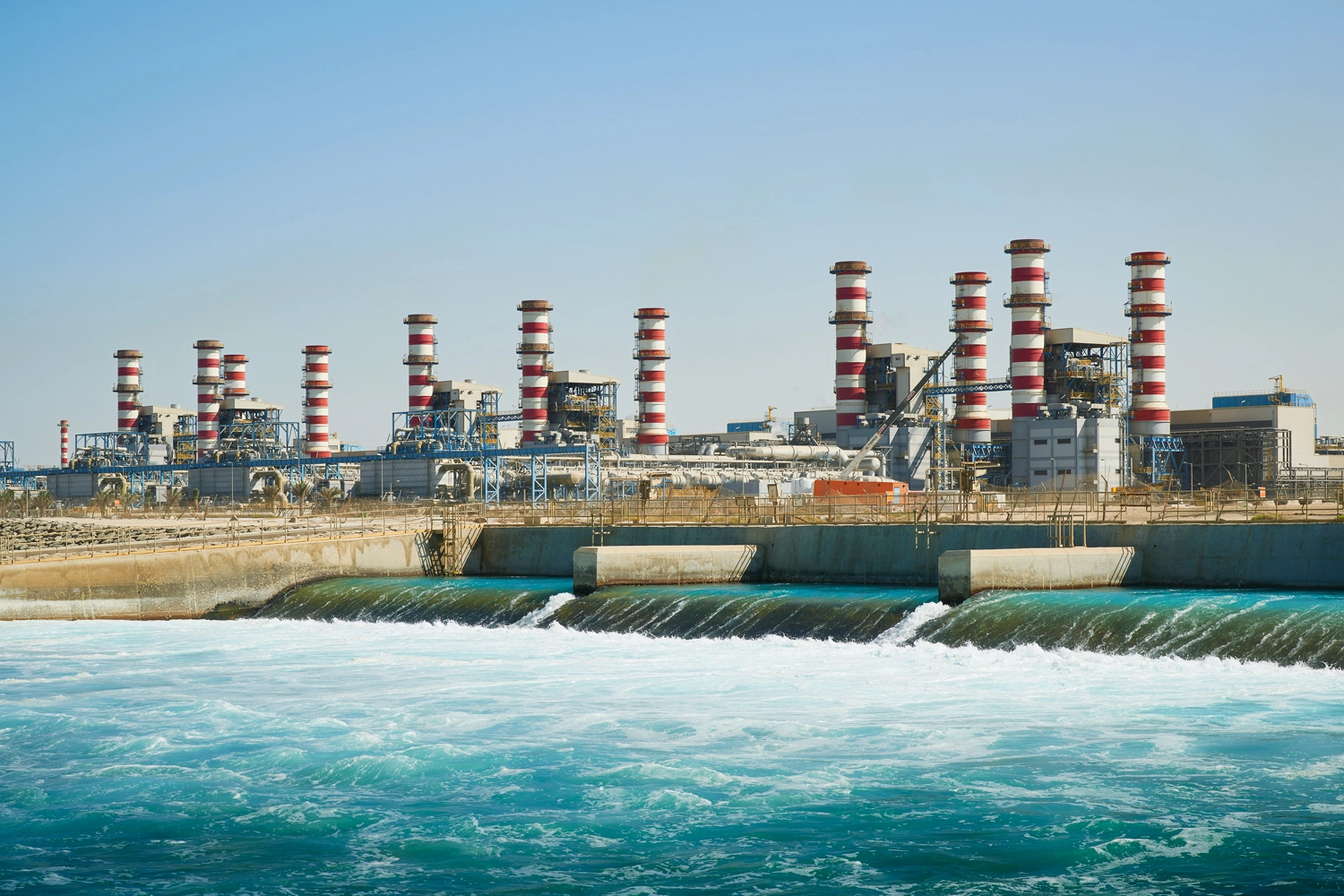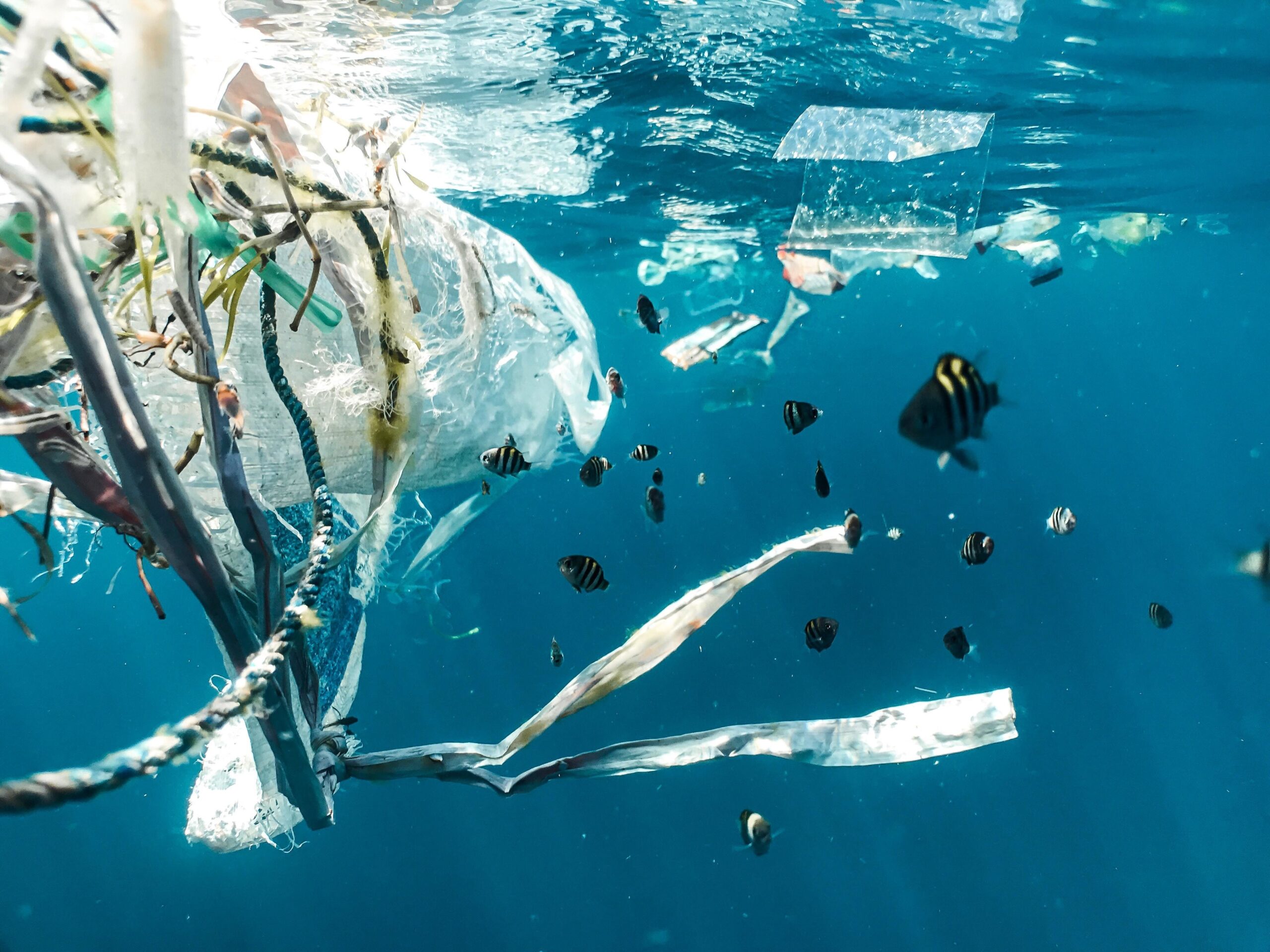Ocean acidification refers to the decrease in pH levels of the Earth’s oceans, caused by the uptake of carbon dioxide (CO2) from the atmosphere. This process occurs when CO2 from the burning of fossil fuels and deforestation reacts with seawater, forming carbonic acid and lowering the ocean’s pH. This in turn can impact the ability of marine organisms to build and maintain their skeletons and shells, as well as disrupt food webs and ecosystem services.
Ocean acidification is considered a significant threat to ocean life, with potential impacts ranging from changes in species distributions, decreased biodiversity, and altered food chain dynamics. In order to mitigate the effects of ocean acidification, reducing greenhouse gas emissions and protecting coastal ecosystems is crucial.
Ocean Acidification
Ocean acidification is a global environmental issue that refers to the decrease in pH levels of the Earth’s oceans as a result of the uptake of atmospheric carbon dioxide (CO2). The oceans absorb about 25-30% of the CO2 released into the atmosphere from human activities, such as the burning of fossil fuels and deforestation. This leads to the formation of carbonic acid, which decreases the ocean’s pH and makes it more acidic.
The pH scale ranges from 0 to 14, with a neutral pH of 7. A decrease in pH indicates an increase in acidity. Since the beginning of the industrial revolution, the ocean’s average pH has decreased by about 0.1 units, and it is projected to decrease by another 0.3 to 0.5 units by the end of this century. This may not seem like a large change, but it represents a 30-100% increase in acidity.
Ocean acidification has far-reaching impacts on marine ecosystems and the species that depend on them. It can affect the ability of marine organisms to build and maintain their skeletons and shells, as well as their reproductive success, growth, and survival. For example, calcifying organisms such as coral reefs, mollusks, and some species of plankton and fish are particularly vulnerable to acidification.
In addition to the direct impacts on individual species, ocean acidification can also disrupt food webs and ecosystems. It can change species distributions, decrease biodiversity, and alter the balance of predatory and prey species, which can lead to cascading effects throughout the ecosystem. For example, changes in the distribution of phytoplankton, the base of the ocean food web, can alter the composition and quantity of zooplankton, the primary food source for many species of fish and whales.
Ocean acidification is also having economic impacts, as many industries, such as fishing, tourism, and coastal protection, depend on healthy ocean ecosystems. Additionally, the ocean plays a crucial role in regulating the Earth’s climate, and the changes brought about by acidification may have additional and unexpected impacts on the planet’s weather patterns and ocean currents.
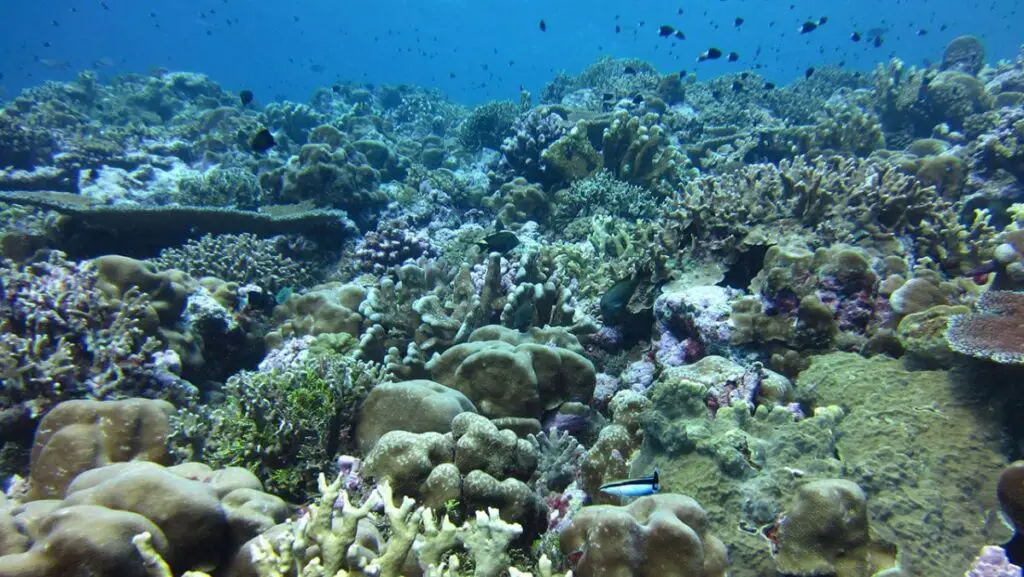
To mitigate the impacts of ocean acidification, it is necessary to reduce greenhouse gas emissions and protect coastal ecosystems. This can be done through a combination of measures, such as increasing energy efficiency, promoting the use of renewable energy sources, protecting and restoring coastal wetlands and other habitats, and reducing land-based sources of pollution. In addition, better monitoring and research on ocean acidification and its impacts is necessary to inform effective conservation and management decisions.
Causes and Reasons
Ocean acidification is primarily caused by the uptake of atmospheric carbon dioxide (CO2) into the ocean. CO2 is released into the atmosphere through human activities such as the burning of fossil fuels, deforestation, and land use changes. When CO2 dissolves in seawater, it forms carbonic acid and decreases the ocean’s pH, making it more acidic.
The main reasons for the increased release of CO2 into the atmosphere are human activities, including:
- Combustion of fossil fuels: The burning of fossil fuels such as coal, oil, and natural gas for energy production and transportation releases large amounts of CO2 into the atmosphere.
- Deforestation: Cutting down trees for agriculture, urbanization, and other land use changes reduces the number of trees that can absorb CO2 from the atmosphere, thereby increasing its concentration.
- Land use changes: Agricultural practices, such as the use of nitrogen-based fertilizers, also contribute to increased CO2 emissions, as they can release nitrous oxide, a potent greenhouse gas, into the atmosphere.
- Industrial processes: Certain industrial processes, such as cement production, can also contribute to increased CO2 emissions.
The increased CO2 in the atmosphere reacts with seawater, forming carbonic acid and decreasing the ocean’s pH. This can have far-reaching impacts on marine ecosystems, including changes in species distributions, decreased biodiversity, altered food webs, and impacts on ecosystem services.
It is important to note that ocean acidification is a global problem that affects all oceans and coastlines, and is not limited to specific regions or countries. Therefore, it requires a collective effort from all nations to address the root causes of increased CO2 emissions and implement measures to mitigate their impacts on the ocean and the species that depend on it.
Harmful Effects
Ocean acidification has far-reaching and potentially devastating effects on marine ecosystems and the species that depend on them. Some of the most harmful effects include:
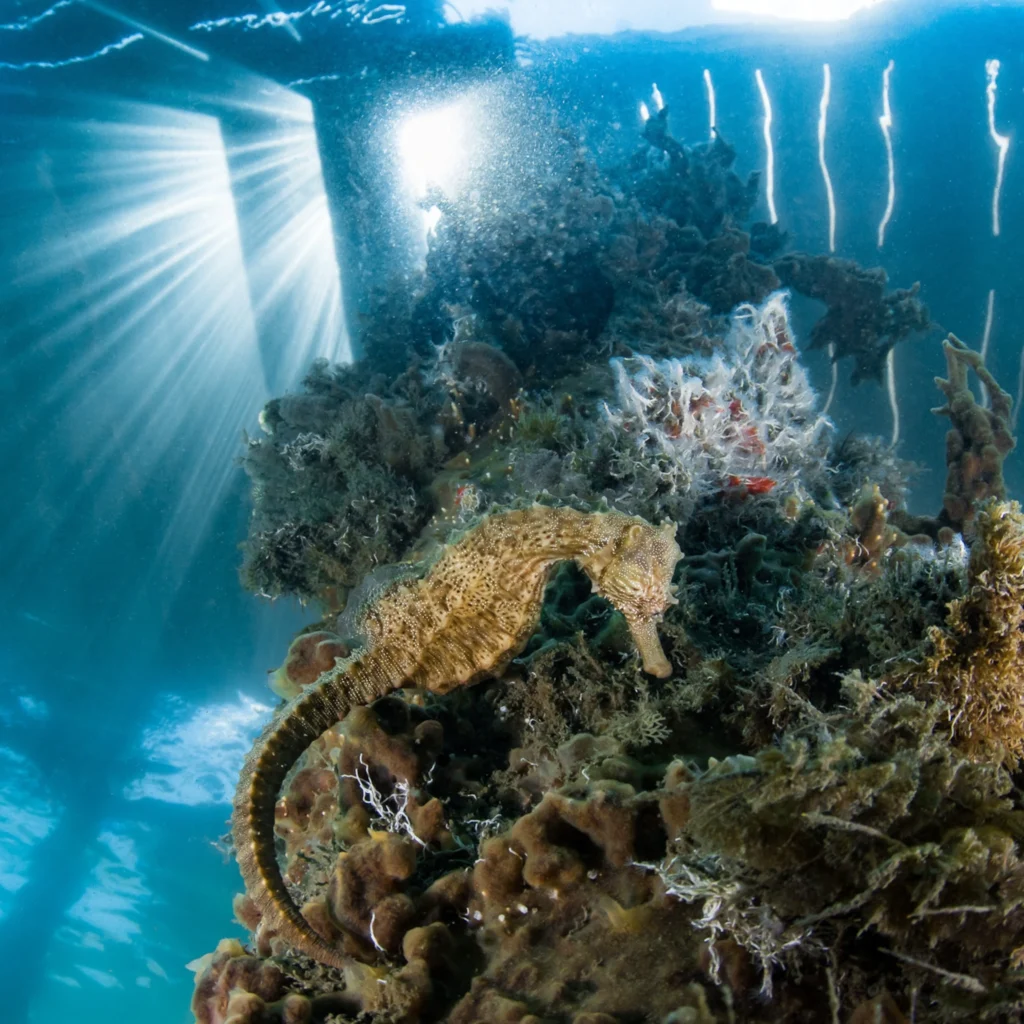
- Impacts on calcifying organisms: Calcifying organisms such as coral reefs, mollusks, and some species of plankton and fish are particularly vulnerable to acidification. As the ocean becomes more acidic, it becomes more difficult for these species to build and maintain their skeletons and shells, which can lead to decreased growth, reproductive success, and survival.
- Disruptions to food webs: Ocean acidification can alter food webs and the balance of predator and prey species. For example, changes in the distribution of phytoplankton, the base of the ocean food web, can alter the composition and quantity of zooplankton, the primary food source for many species of fish and whales. This can lead to changes in the distribution and abundance of species, which can have cascading effects throughout the ecosystem.
- Decreased biodiversity: Ocean acidification can alter species distributions and decrease biodiversity, as some species may become locally extinct or face increased competition from other species. This can lead to a reduction in ecosystem resilience and a decrease in the provision of ecosystem services, such as the production of seafood and the protection of coastal communities from storms and erosion.
- Economic impacts: Many industries, such as fishing, tourism, and coastal protection, depend on healthy ocean ecosystems. Ocean acidification can therefore have significant economic impacts, as it can reduce the productivity of these industries and the services they provide.
- Climate regulation: The ocean plays a crucial role in regulating the Earth’s climate, and the changes brought about by acidification may have additional and unexpected impacts on the planet’s weather patterns and ocean currents. For example, changes in the distribution of phytoplankton can alter the ocean’s ability to absorb CO2, which can in turn impact atmospheric CO2 levels and global climate.
It is important to note that these impacts are not limited to specific regions or countries and can have global implications for marine ecosystems and the species that depend on them. Addressing ocean acidification requires a collective effort from all nations to reduce greenhouse gas emissions and implement measures to protect and conserve marine ecosystems.
Effects on Marine Life
Ocean acidification has significant impacts on a wide range of marine species, including:
- Calcifying organisms: Calcifying organisms such as coral reefs, mollusks, and some species of plankton and fish are particularly vulnerable to acidification. As the ocean becomes more acidic, it becomes more difficult for these species to build and maintain their skeletons and shells, which can lead to decreased growth, reproductive success, and survival. For example, studies have shown that coral reefs are at risk of dissolving and collapsing due to increased ocean acidification.
- Fish: Acidification can affect the behavior, physiology, and survival of fish, particularly during their early life stages. For example, acidification can alter the sense of smell and hearing of young fish, making it more difficult for them to find food and avoid predators. In addition, acidification can reduce the amount of oxygen available in the ocean, which can affect the growth and survival of fish.
- Marine mammals: Ocean acidification can have significant impacts on marine mammals such as whales and seals, as changes in the distribution of their food sources can alter their behavior and reduce their reproductive success. For example, a decline in the populations of krill, a major food source for many marine mammals, can reduce the availability of food and lead to changes in migration patterns and breeding behavior.
- Sea turtles: Acidification can also affect the development and survival of sea turtles, as the chemistry of the sand in which their eggs are laid can impact the hatching success and survival of young turtles.
- Plankton: Phytoplankton and zooplankton, the base of the ocean food web, are also vulnerable to acidification. Changes in the distribution and abundance of phytoplankton can alter the composition and quantity of zooplankton, which can have cascading effects throughout the food web.
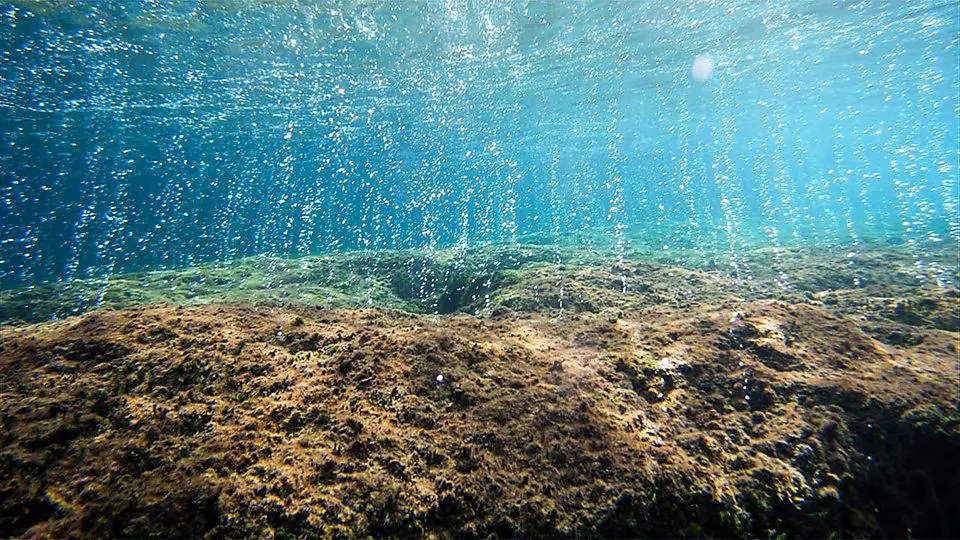
It is important to note that these impacts can have significant consequences for the entire marine ecosystem, as changes in the distribution and abundance of species can alter food webs, reduce biodiversity, and impact the provision of ecosystem services. Addressing ocean acidification is essential for protecting marine life and maintaining the health of ocean ecosystems.
Preventive Measures
There are several measures that can be taken to mitigate the impacts of ocean acidification and prevent further damage to marine ecosystems:
- Reduce greenhouse gas emissions: The primary cause of ocean acidification is the increase in atmospheric CO2 levels, which is largely the result of human activities such as the burning of fossil fuels and deforestation. To prevent ocean acidification, it is essential to reduce greenhouse gas emissions and transition to low-carbon energy sources.
- Implement carbon capture and storage (CCS) technologies: CCS technologies can capture CO2 emissions from large point sources, such as power plants, and store them underground, reducing the amount of CO2 released into the atmosphere.
- Improve energy efficiency: Improving energy efficiency in buildings, transportation, and industry can reduce the demand for energy and the associated CO2 emissions.
- Protect and restore coastal ecosystems: Coastal ecosystems, such as mangroves, seagrasses, and salt marshes, can act as carbon sinks, absorbing and storing carbon from the atmosphere. Protecting and restoring these ecosystems can help mitigate the impacts of ocean acidification.
- Monitor ocean acidification: Regular monitoring of ocean acidification is essential to understand the extent and impacts of this phenomenon. This information can be used to inform management decisions and guide efforts to mitigate the effects of acidification.
- Support research and development: Continued research and development into the causes and impacts of ocean acidification, as well as the development of new technologies to mitigate its effects, is essential for ensuring a healthy and productive ocean for future generations.
- Raise public awareness: Raising public awareness about the impacts of ocean acidification and the actions that can be taken to mitigate it is essential for building the political will and public support needed to take action.
It is important to note that ocean acidification is a global problem that requires a coordinated and sustained effort by governments, industry, and individuals to reduce greenhouse gas emissions and protect the health of marine ecosystems. Addressing ocean acidification is essential for the survival of many species and the preservation of ocean ecosystems for future generations.
Conclusion
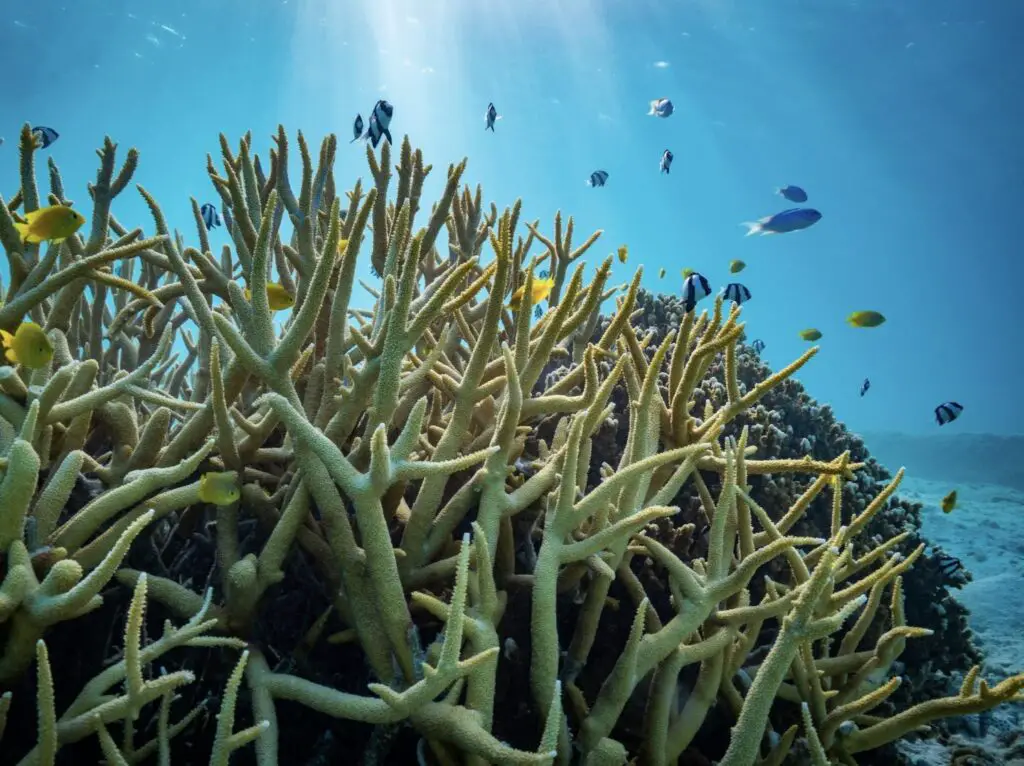
Ocean acidification is a serious global problem that results from the increasing levels of carbon dioxide (CO2) in the atmosphere. It is caused by human activities such as the burning of fossil fuels and deforestation, which release large amounts of CO2 into the atmosphere. The increased CO2 in the atmosphere is absorbed by the ocean, causing it to become more acidic, which has significant impacts on marine life, including coral reefs, fish, marine mammals, sea turtles, and plankton.
To prevent ocean acidification, it is essential to reduce greenhouse gas emissions, improve energy efficiency, protect and restore coastal ecosystems, monitor ocean acidification, support research and development, and raise public awareness. Addressing ocean acidification is crucial for the survival of marine life and the preservation of ocean ecosystems for future generations.







